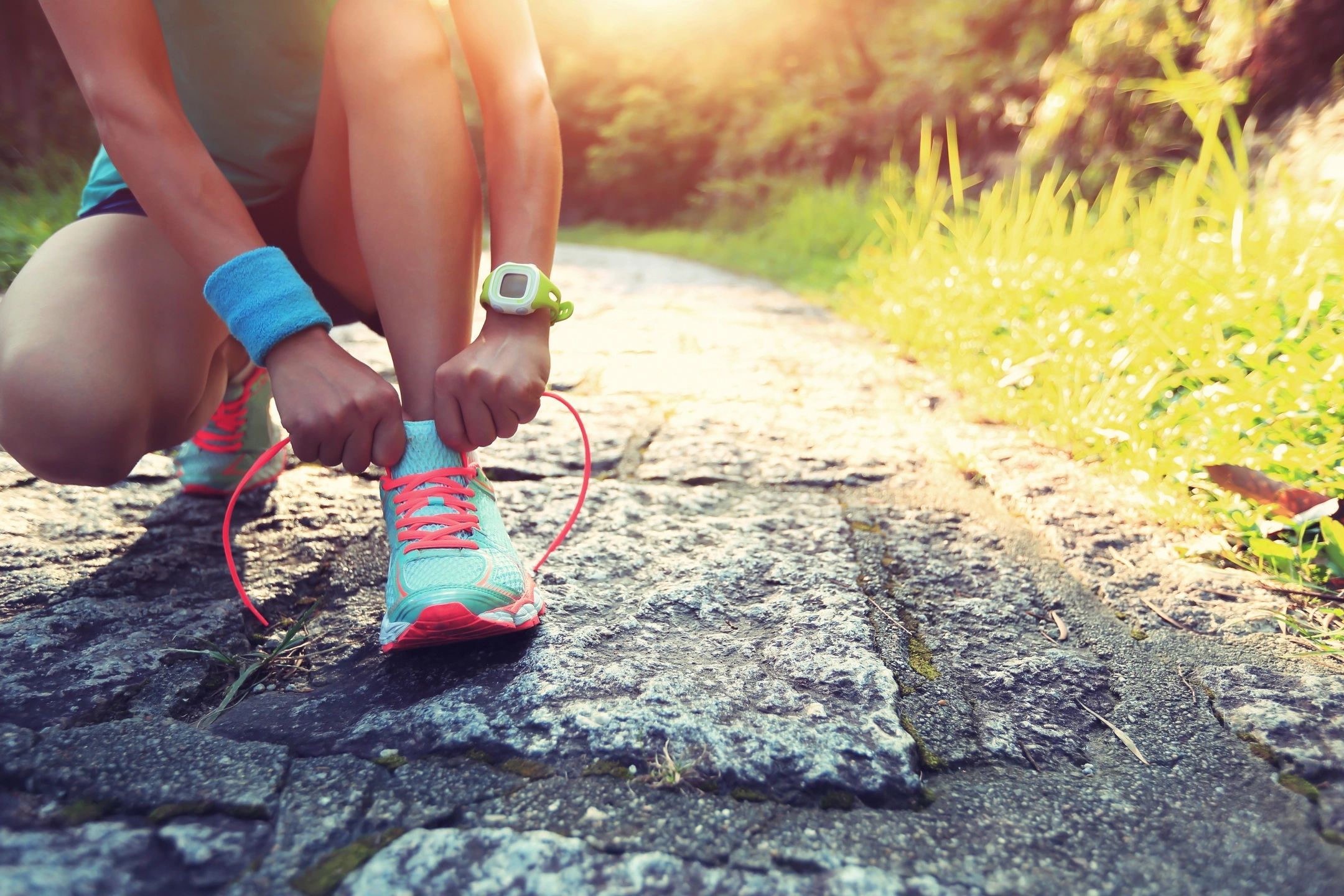
Got Shin Splints?
If you’ve ever tried running as part of your cardio, you may have experienced the excruciating pain smack dab in the center of your shins. This is also known less commonly as medial tibial stress syndrome. While it may feel like your bones are splintering off into your body causing the paint, a shin splint is actually painful inflammation of the muscles around the shins. This pain can last a while, so it’s important that people consider finding ways to manage it.
With that being said, some people have found that varying levels of muscle pain can be relieved by using cbd cream, or other types of cannabis-infused products. Once you have found the best option for you, it is good to know that there are many ways to take cannabis, such as through bongs. If that sounds like something you would be interested in, it might be worth visiting this bong store to purchase the necessary equipment. Whilst this method might not be for everyone, it should help those who use it. Regardless of how you manage the pain, you must make sure it is the right thing for you.
So, now is a good time to learn more about the many factors that can cause a person to experience shin splints. However, there is one that is more common than others.
Not Stretching Before Training Can Cause Shin Splints
One of the most common causes of shin splints is lack of stretching.
Most people don’t stretch because they just want to get their workout over with.
Indeed it is hard enough to find the time to exercise in your busy day as it is–but stretching is a necessity for anyone whether you exercise daily or if the only exercise you get is climbing the stairs at your office. Muscle stretching increases blood flow throughout your body, and helps with your flexibility.
If you have a rubber band and stretch it and work it out every day, the more it stays stretchy and loose. If you just let the rubber band sit out, over time it starts to lose its flexibility and stretch and will eventually, snap.
For shins, use stairs and place the balls of your feet on the edge and let your body sink slowly down to stretch the calves.
Then stand and put your toes on the ground and move forward so you bend your foot under you. You’ll feel the top of your calves stretch.
Then, take your foot and slowly rotate it and use the ground to press your foot and stretch the sides of your ankles.
Don’t stop there–stretch the rest of your legs and body before training starts.
Your muscles are like rubber bands that need to be stretched every day otherwise you run the risk of tearing your muscles causing extreme pain. Muscle stretching after workouts also helps aid in muscle recovery time.
It is also interesting to note that there are some common life postures that can lead to repetitive running or sports injuries because of how your body adapts to them.
For example, a lot of people who work office jobs tend to sit with one leg crossed over the other. Most people prefer to sit with one side over the other, however, over time this can put stress on the knees and pelvis, particularly on the side that is being leaned on.
With this in mind, if you are someone who sits down in an office for long periods of time, you should try to invest in an office chair that promotes good posture. Sitting in a way that takes the pressure of your spine and joints can dramatically reduce your chances of encountering shin splits.
Just be sure to test out several different office chairs in an office furniture store to find the best style of office chair for your needs.
Excessive Treadmill Running Can Cause Shin Splints
Another common cause of shin splints is excessive running on treadmills.
Treadmills are an excellent form of cardio, but just like any other exercise routine, you have to know how to do it correctly, and the benefits of doing it. To help support your fitness regime, you may want to get a fitness tracker to see how you are reaching your goals, as well as getting the accessories for it from sites like Mobile Mob, so you are fully prepared to take this seriously and expect results when using a treadmill.
Many avid runners aren’t partial towards treadmill running versus pavement running.
The reasoning behind this is, while running on a treadmill you never get the change in terrain as you would outdoors. Running on the same grade, and same surface can cause repetitive stress on the same muscles, whereas running outdoors on different terrain and different grades help get all of your leg muscles involved, not causing too much stress on one muscle.
Running on a “zero” grade on a treadmill can mimic running on a downgrade causing too much stress on the shin bone, which can lead to shin splints. A way of avoiding shin splints if you are treadmill running is setting the treadmill on a slight incline.
The Wrong Shoes Can Cause Shin Splints
If you’re working out in work boots–you’re not serious. Same thing goes for running. You should be wearing running shoes if you’re running.
The right shoes play a big part in body mechanics and whether or not you are at risk for injury.
Obviously shoes that are old and offer little to no support are never fit for running. Your feet need the support and comfort when running. Wearing the wrong shoes while running has led to runners experiencing shin splints, ankle, knee, and foot problems, and even back pain.
Running shoes are made with the intent to support arches, joints and width. Running shoes are also more expensive because they include materials that absorb shock to protect your feet, shins and knees.
Finding the right shoe for running is like finding the right way to sleep.
If you sleep in an awkward position, you will wake up sore. When shopping for the proper running shoe, ask the salesperson which shoe is ideal for the type of running you will be doing and how often. A lot of running shoes promise a certain number of miles you’ll get out of them. The sales person will also guide you on the shoe selection based on how you stand, run, and how wide or narrow your feet are.
Don’t just rely on the sales guy.
Do some research before you shop for a pair of running shoes. Read the reviews on different brands, and types of running shoes. Just remember everyone has different feet, different running mechanics, and you should always try the shoes on before purchasing them.
In conclusion, shin splints can be avoided by proper stretching, proper running mechanics, and proper running shoes. Take the extra few minutes before your day to really get in a good stretch. You will find it makes a significant difference in your day and is quite refreshing.
Now that you know how to prevent splints, nourish your body with the right nutrients to help you go longer and recover faster. Stop by our shop and then go pound some pavement.
